We offer two features on this Christmas Eve How On Earth.
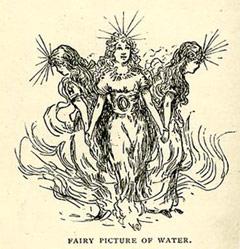
Fairies in 19th century science education (start time: 3:52): Victorian educators used the magical world to teach young children about science. That was before fairies fell out of favor in science, alas. How On Earth co-host Jim Pullen talks with Melanie Keene, director of Studies for History and Philosophy of Science at Homerton College in Cambridge, England, about the understanding of fairies in science education in the Victorian age.
 Christmas Bird Count (start time: 12:51) It’s the time of year when humans are flying hither and yon to gather with family for Christmas. Others are heading somewhere south for vacation to escape the winter chill. Many birds are on the move as well, heading south to overwinter. Others are sticking around. These human and avian patterns are converging with the annual Audubon Society’s Christmas Bird Count. Steve Jones and William Schmoker of the Boulder County Audubon Society talk with co-host Susan Moran about how the Bird Count emerged more than 100 years ago and why it’s important.
Christmas Bird Count (start time: 12:51) It’s the time of year when humans are flying hither and yon to gather with family for Christmas. Others are heading somewhere south for vacation to escape the winter chill. Many birds are on the move as well, heading south to overwinter. Others are sticking around. These human and avian patterns are converging with the annual Audubon Society’s Christmas Bird Count. Steve Jones and William Schmoker of the Boulder County Audubon Society talk with co-host Susan Moran about how the Bird Count emerged more than 100 years ago and why it’s important.
Hosts: Susan Moran, Jim Pullen
Producer: Susan Moran
Engineer: Jim Pullen
Executive Producer: Beth Bartel
Listen to the show:
Podcast: Play in new window | Download (Duration: 24:31 — 22.5MB)
Subscribe: RSS





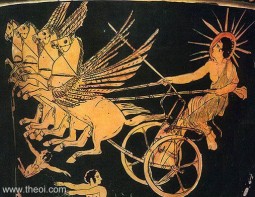

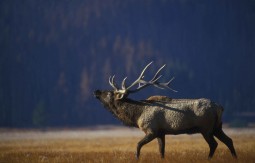 Big Game and Climate Change (start time 5:00) Last week, the National Resource Council released some serious warnings about
Big Game and Climate Change (start time 5:00) Last week, the National Resource Council released some serious warnings about  Hour of Code (start time 12:30) Coding is not just a magic trick where ones and zeros make
Hour of Code (start time 12:30) Coding is not just a magic trick where ones and zeros make 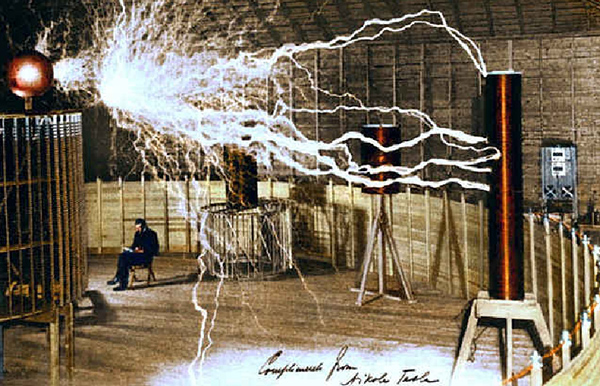
 Feature 1 – Tesla (start time 5:30) Nicola Tesla is one of the iconic figures of the early electrical age. He invented AC motor technology still used today in your DVD player and also polyphase AC power. He was a brilliant demonstrator, whose images of flowers of lightning growing from his inventions and portraits of his friend Mark Twain, illuminated by Tesla’s fluorescent bulbs, are still familiar today. He worked with and fought with the mighty JP Morgan and wireless radio great Marconi. He is a figure of mystery, who many believe presaged death rays and infinite and free energy for everyone on earth. Biographer
Feature 1 – Tesla (start time 5:30) Nicola Tesla is one of the iconic figures of the early electrical age. He invented AC motor technology still used today in your DVD player and also polyphase AC power. He was a brilliant demonstrator, whose images of flowers of lightning growing from his inventions and portraits of his friend Mark Twain, illuminated by Tesla’s fluorescent bulbs, are still familiar today. He worked with and fought with the mighty JP Morgan and wireless radio great Marconi. He is a figure of mystery, who many believe presaged death rays and infinite and free energy for everyone on earth. Biographer  Feature 2 – Octopus! (start time 14:35) If you doubt that the Octopus may be the most mysterious creature in the sea – consider this – an octopus has three hearts, eight arms, camouflaging skin, and some of them can figure out ways to do things that many humans can’t – such as getting the lid off of a child-proof bottle. Longmont resident
Feature 2 – Octopus! (start time 14:35) If you doubt that the Octopus may be the most mysterious creature in the sea – consider this – an octopus has three hearts, eight arms, camouflaging skin, and some of them can figure out ways to do things that many humans can’t – such as getting the lid off of a child-proof bottle. Longmont resident 
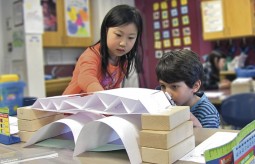 Feature #1: (start time 5:53) STEM, as you may well know, stands for
Feature #1: (start time 5:53) STEM, as you may well know, stands for 
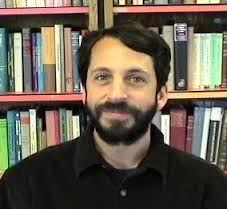


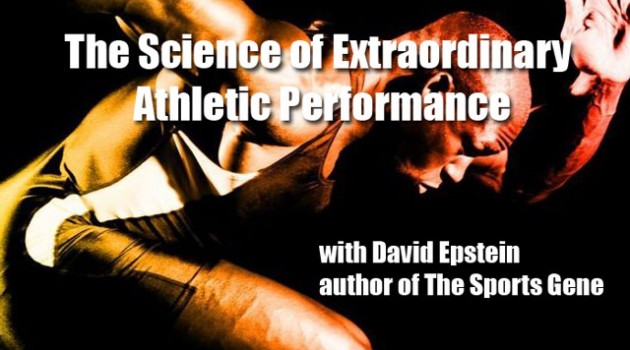
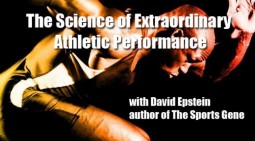



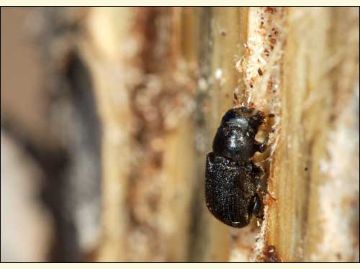

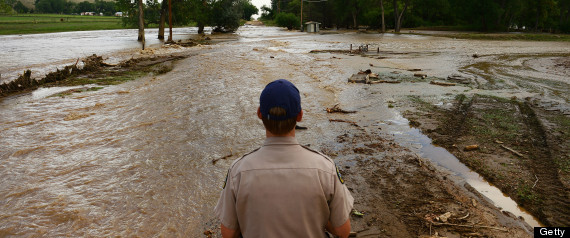
 Feature 1 – Flood Winners & Losers : Last month’s deluge cut canyons, real and felt, through many of our lives, but nature helps us remember that floods can build too. In this feature, How on Earth’s Jim Pullen speaks with Boulder’s wetland and riparian ecologist Marianne Giolitto about flood “winners and losers”. Marianne watches over 45,000 acres of the city’s open space and mountain parks wetlands and riparian habitats. Jim and the Boulder Open Space and Mountain Parks are working together on a
Feature 1 – Flood Winners & Losers : Last month’s deluge cut canyons, real and felt, through many of our lives, but nature helps us remember that floods can build too. In this feature, How on Earth’s Jim Pullen speaks with Boulder’s wetland and riparian ecologist Marianne Giolitto about flood “winners and losers”. Marianne watches over 45,000 acres of the city’s open space and mountain parks wetlands and riparian habitats. Jim and the Boulder Open Space and Mountain Parks are working together on a  Feature 2 – 100 Year Starship Symposium :
Feature 2 – 100 Year Starship Symposium : 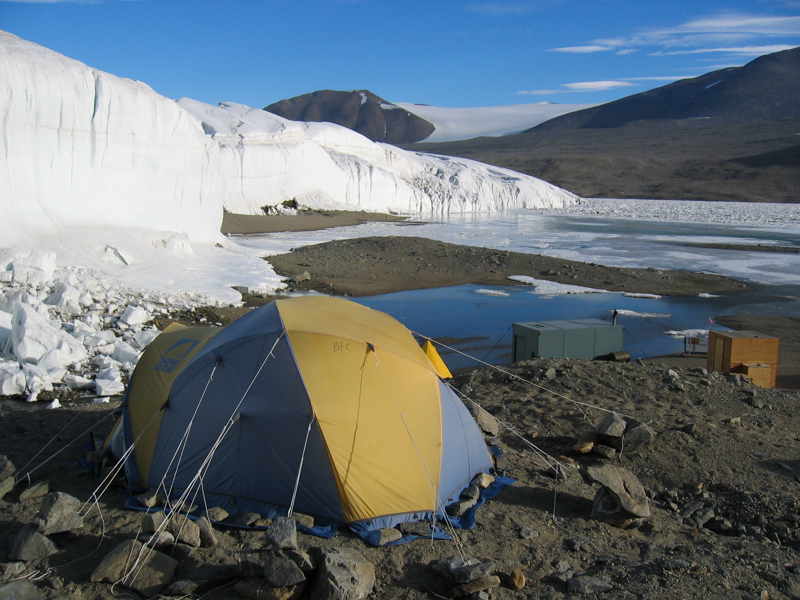

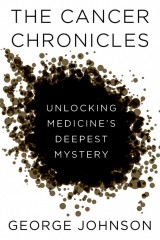 Feature 2 – The Cancer Chronicles (start time 12:22): In his new book,
Feature 2 – The Cancer Chronicles (start time 12:22): In his new book,